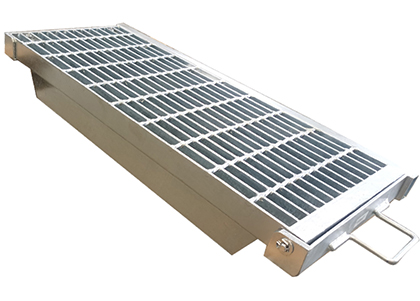Trench cover and sidewalk cover are both essential infrastructure components in urban areas. Trench covers are typically used to cover trenches or excavations in roads, sidewalks, or other public areas, providing a safe and secure surface for pedestrians and vehicles. Sidewalk covers, on the other hand, are specifically designed to be installed on sidewalks to allow access to underground utilities such as electrical, plumbing, or telecommunication lines. While both serve important functions, there are key differences between trench covers and sidewalk covers that are worth exploring.

One of the primary distinctions between trench covers and sidewalk covers is their location and purpose. Trench covers are often used to cover trenches or excavations in roads, parking lots, or other areas with vehicular traffic. They are designed to withstand heavy loads and provide a smooth surface for vehicles to travel over. Sidewalk covers, on the other hand, are intended for pedestrian areas and are built to support foot traffic while allowing easy access to underground utilities. This fundamental difference in usage dictates variations in design, material, and load-bearing capacity between the two types of covers.

In terms of design and construction, trench covers are typically larger and heavier than sidewalk covers. This is due to the fact that they need to support the weight of vehicles and heavy equipment. Trench covers are often made of materials such as cast iron, steel, or reinforced concrete to ensure durability and strength. On the other hand, sidewalk covers are generally smaller and lighter, as they are primarily meant for pedestrian use. They are commonly constructed from materials like aluminum, fiberglass, or composite materials, which offer a balance of strength and weight for their intended purpose.

